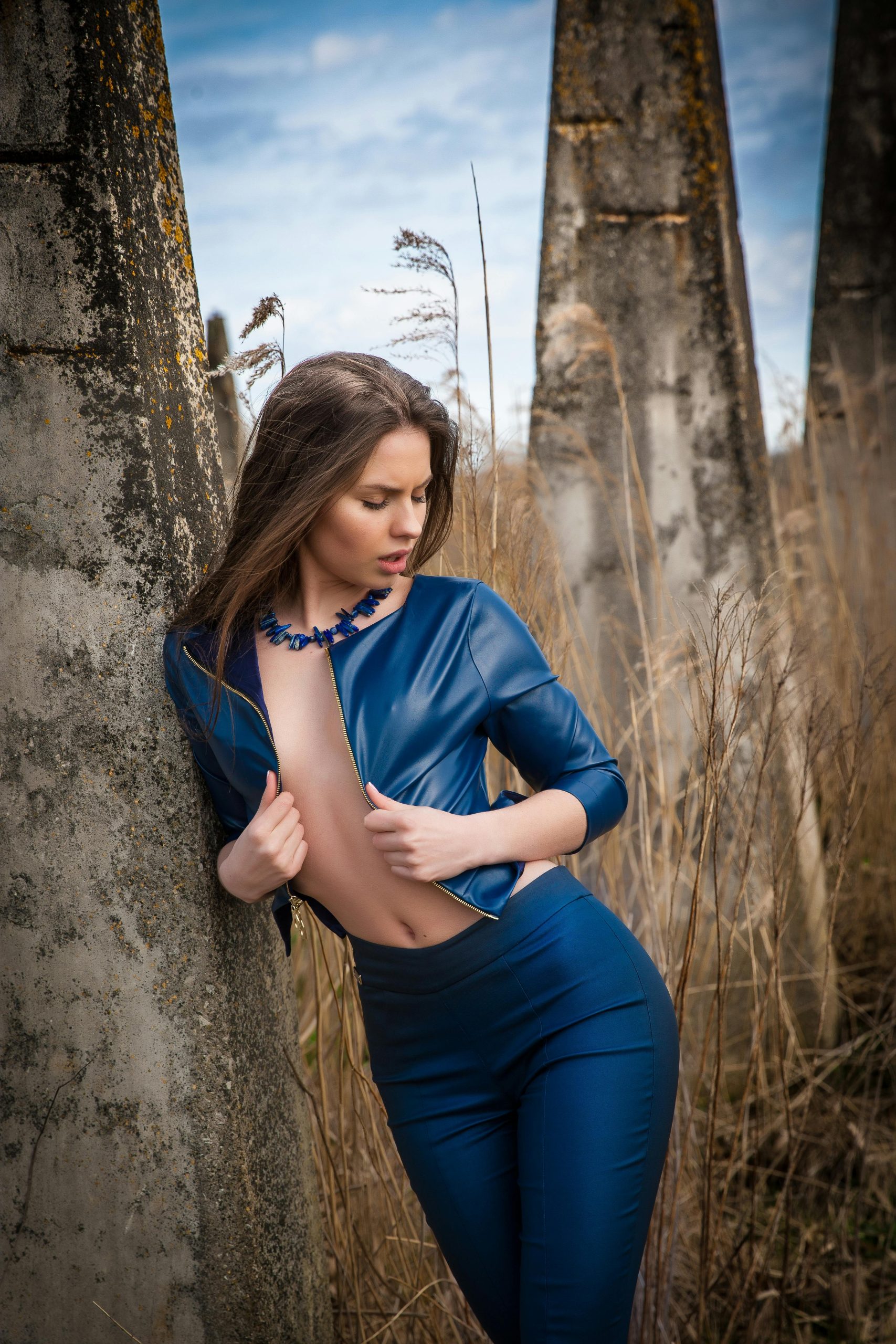Why Do All the “Fancy” Websites Insist on Capturing and Modifying My Scrolling?
Scrolling on websites is becoming increasingly frustrating! While most scroll events work just fine, why am I forced to navigate some sites at a sluggish 0.5x speed?
It seems that the worst offenders are those “overdesigned” websites. Do any of the designers or developers actually test their own sites before going live? Or is there some appeal in creating such an experience that I’m just not seeing? I simply don’t understand.


2 responses to “Why do all the flashy websites mess with scrolling?”
I understand your frustration regarding websites that alter the scroll experience. This is a common gripe among users who prefer a more traditional and responsive browsing experience. Let me provide some insights into why this happens and what motivates these design choices:
Why Websites Capture and Modify Scrolling
User Attention: Slowing down the scroll or adding animations can capture attention and focus, ensuring users don’t skip important sections or messages.
Design Aesthetics and Trends:
Visual Cohesion: Designers use custom scroll effects to maintain visual consistency and aesthetic coherence throughout a site, contributing to a feeling of polish and professionalism.
Technical Implementations:
Why These Practices Can Be Problematic
User Experience (UX) Impact: Slower or modified scroll speeds can adversely affect user efficiency, particularly if users are trying to navigate quickly to specific content.
Accessibility Concerns:
Impact on Accessibility: Custom scroll behaviors can be a significant barrier for users relying on assistive technologies. Websites that do not account for these users might inadvertently create accessibility issues.
Performance Issues:
I completely resonate with your frustration regarding the scrolling experience on overly designed websites. The trend towards flashy animations and intricate scrolling effects can often overshadow usability, making the browsing experience more cumbersome than enjoyable.
From a design perspective, while the intention may be to create an engaging and visually striking interface, it raises the question of whether functionality is sacrificed for aesthetics. Designers and developers should prioritize user experience (UX) just as much as visual appeal.
It’s worth noting that some developers aim to create parallax scrolling or other effects to engage visitors and enhance storytelling. However, without proper optimization and testing, these features can lead to slower performance and a less intuitive user experience.
As a possible solution, it would be interesting for web creators to conduct user testing and gather feedback on how these design choices impact real users. Perhaps a balance can be struck between artistic expression and a seamless, enjoyable navigation experience. What are your thoughts on incorporating user feedback into the design process?